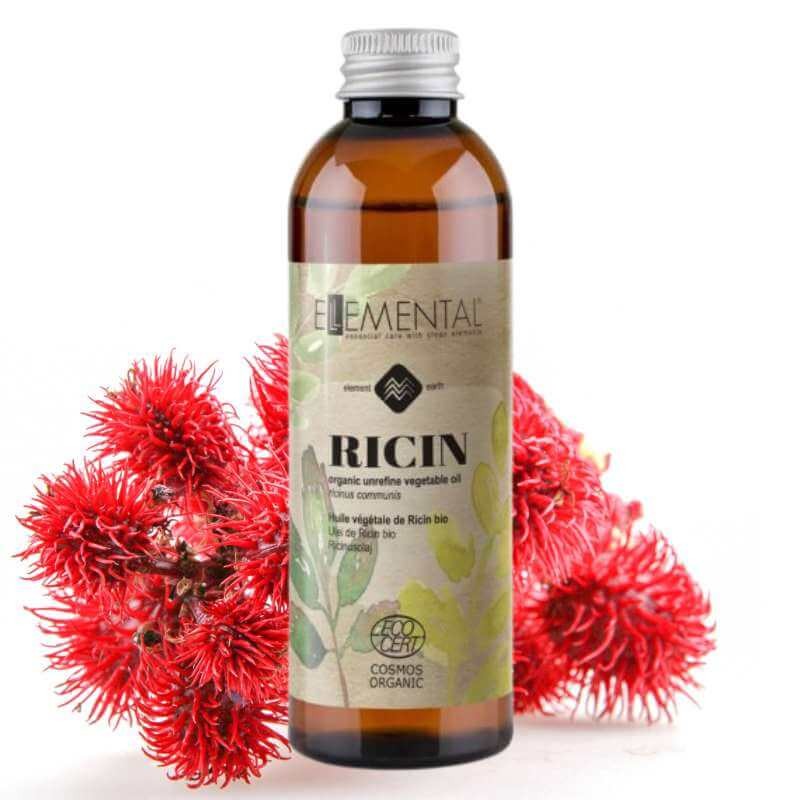


Buy more to get a better price!
When ordering outside Estonia, the amount in the calculation of the discount changes according to the change in VAT.
| |
Data sheet
Specific References
You might also like